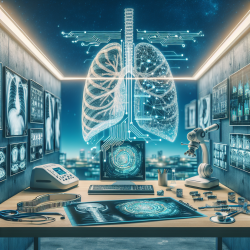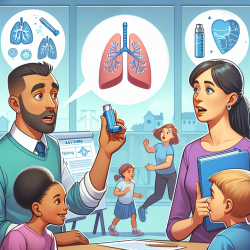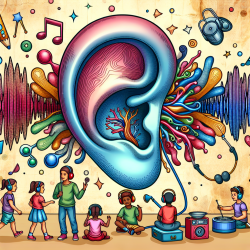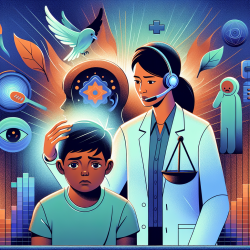Introduction
In the ever-evolving field of radiography, the challenge of suboptimal chest radiographs (CXRs) remains significant. These suboptimal images can lead to diagnostic delays, increased costs, and patient inconvenience. However, the integration of artificial intelligence (AI) into radiographic processes presents a promising solution. The research article "Suboptimal Chest Radiography and Artificial Intelligence: The Problem and the Solution" explores this potential, offering insights that practitioners can leverage to enhance their skills and improve patient outcomes.
The Problem with Suboptimal CXRs
Suboptimal CXRs are a common issue in medical imaging, often resulting from poor exposure, incorrect positioning, and other technical inadequacies. These images not only hinder accurate diagnosis but also necessitate repeat imaging, which increases radiation exposure and healthcare costs. The article highlights that up to 83% of CXRs can be suboptimal, yet only 4-15% are rejected for reacquisition, suggesting a high tolerance for less-than-ideal images.
AI: A Potential Solution
AI has the potential to revolutionize radiography by addressing the root causes of suboptimal CXRs. AI algorithms can assist in patient positioning, exposure settings, and image quality assessment. For instance, AI can help detect clipped anatomy or overlapping structures that might otherwise go unnoticed. Moreover, AI-driven systems can provide immediate feedback to radiographers, allowing for real-time corrections and reducing the need for repeat imaging.
Implementing AI in Radiography
For practitioners looking to improve their radiographic skills, embracing AI technologies can be a game-changer. Here are some practical steps to consider:
- Education and Training: Stay informed about the latest AI technologies and how they can be integrated into radiographic practices.
- Collaboration: Work with AI vendors and researchers to understand the capabilities and limitations of AI tools.
- Quality Control: Use AI to conduct retrospective audits of CXRs, identifying patterns and areas for improvement.
- Continuous Feedback: Implement systems that provide feedback to radiographers, helping them refine their techniques and reduce errors.
Encouraging Further Research
While AI offers exciting possibilities, further research is essential to fully understand its impact on radiography. Practitioners are encouraged to engage with ongoing studies and contribute to the development of AI applications. By participating in research, practitioners can help shape the future of radiography and ensure that AI tools are effective and reliable.
Conclusion
The integration of AI into radiography is not just a technological advancement; it's an opportunity to improve patient care and outcomes. By understanding and implementing the insights from the research on suboptimal CXRs and AI, practitioners can enhance their skills and contribute to a more efficient and effective healthcare system.
To read the original research paper, please follow this link: Suboptimal Chest Radiography and Artificial Intelligence: The Problem and the Solution.










